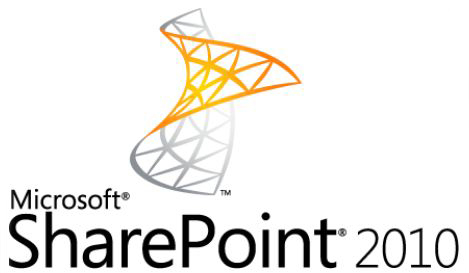
SharePoint is web based collaboration tool used to integrate various products and technologies for the development of corporate portals. SharePoint platform includes a rich set of integrated capabilities that is ready to be used out of the box. It is a Business Collaboration Platform for Enterprise and Web. SharePoint 2010 capabilities are enhanced even further as it is designed to work better with ms office, Visio and more. It is a platform for hosting shared activities over the web, manage documents from start to finish, and publish reports to help everyone make better decisions. Instead of working on multiple systems, we can create composite applications in SharePoint.
SharePoint 2010 training is a good choice for beginners who want to start their carrier as SharePoint administrators and also for experience .net developers to enhance their skills on SharePoint development. Students have to choose a good SharePoint 2010 training center, as practical awareness is very important. And Deccansoft assures you a high quality theoretical and practical training. As our trainers have corporate experience in SharePoint 2007 and 2010 versions, they can give a good comparative explanation on both the versions, which is the key advantage at our SharePoint 2010 Training institute, especially for those who are already working on 2007 version.
Deccansoft SharePoint 2010 training in Hyderabad is an oasis for those who want a quality SharePoint training. We have very well experienced trainers who give a detailed explanation and practically awareness on each and every topic in the course. As SharePoint is opted by professionals also, the training is given in a very practical way where the already working people, on the older versions, can easily adapt to SharePoint 2010. Here at Deccansoft SharePoint 2010 Training institute, we have excellent lab facility open to students for more than 12 hours and Faculty to assist the students. Well prepared course materials are given to the students which are of good help even after finishing the course.
At the end of SharePoint 2010 training , students will be able to: